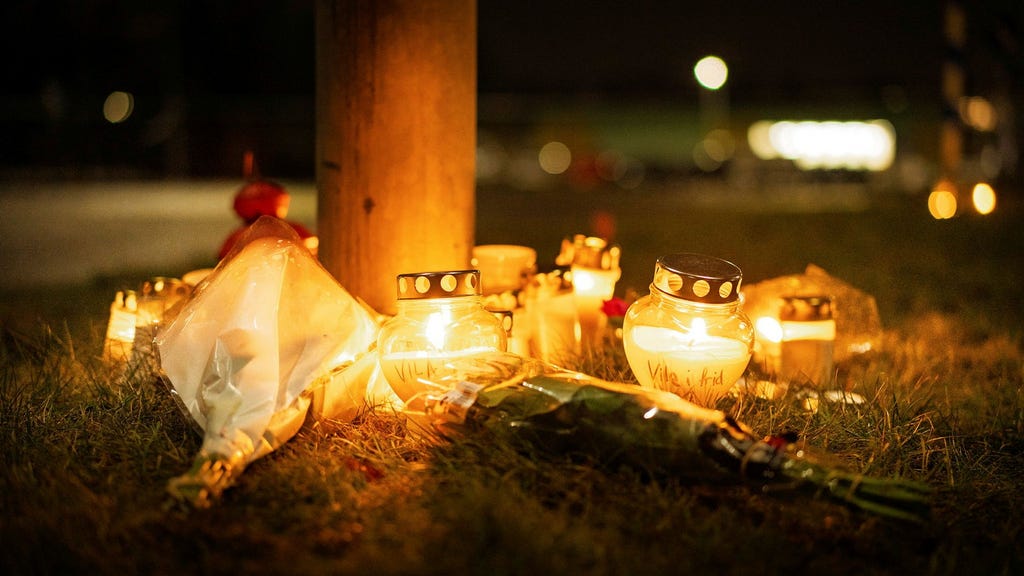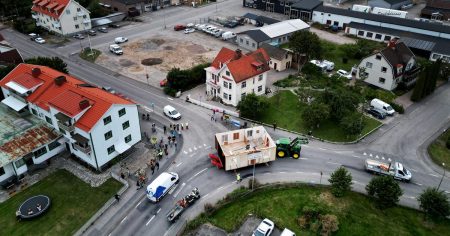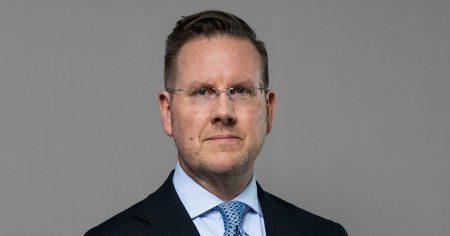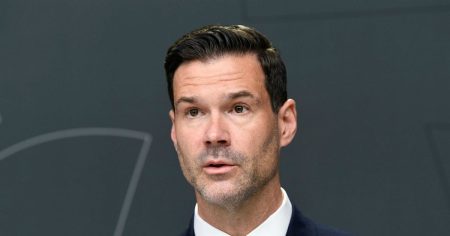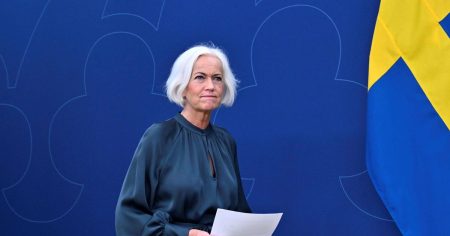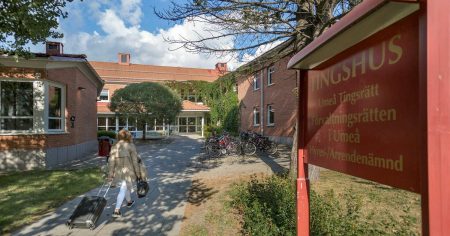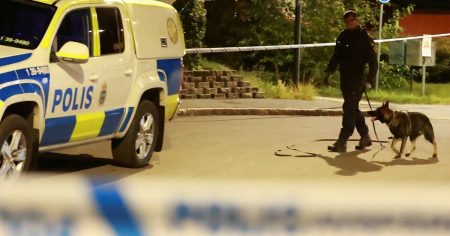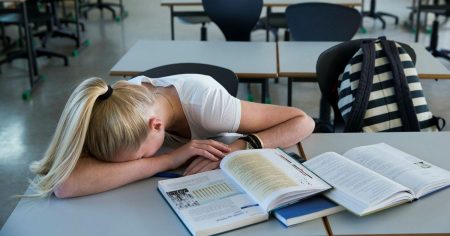The world is saturated with violence. This statement, echoing the Old Testament, captures the raw, visceral feeling of a society seared by a fresh tragedy. Modern terminology – ”shooting,” ”active shooter,” ”PDV (ongoing deadly violence)” – feels inadequate, sanitized, even clinical, in the face of such horror. The word ”inrymning” (lockdown), adopted into Swedish, encapsulates the perverse normality of this era with chilling precision. What words can truly convey the events at Risbergska Campus in Örebro on February 4, 2025? ”School shooting?” ”Mass shooting?” ”Massacre?” Perhaps the ancient text offers the most fitting description: ”Now the earth had become corrupt in God’s sight, and the earth was filled with violence.”
The massacre in Örebro joins a grim list of tragedies that have scarred societies. The testimony of survivors of the Utøya massacre in Norway in 2011 provides a chilling parallel. Their accounts of fleeing for their lives, of witnessing unimaginable carnage, resonate with the experiences of the students at Risbergska. In both instances, the acts of violence leave indelible marks on the collective consciousness. The stories of survival and loss become interwoven with national identity, forever altering the fabric of society. These events are not isolated incidents but grim reminders of the pervasive nature of violence and the increasing disregard for human life. The Örebro massacre, like Utøya before it, will leave its own deep wounds in the Swedish psyche.
The symbolic weapon used in Örebro was loaded long before the trigger was pulled. The act of violence was not born in a vacuum; it emerged within a societal context. While the precise motivations behind the attack remained unclear at the time of this writing, it is crucial to acknowledge that such acts are rarely spontaneous. They are often the culmination of simmering resentments, radicalized ideologies, or readily available access to weapons. The perpetrators’ actions are the final, horrific expression of these underlying factors. Understanding these contexts is crucial to preventing future tragedies.
The aftermath of these events demands a careful and compassionate response. The focus must be on supporting the victims, their families, and the survivors. Their stories must be heard and respected, providing a pathway to healing and justice. The survivors of Utøya highlighted the challenge of speaking about the right-wing extremist motivations behind the attack. Their experiences underscore the importance of acknowledging the root causes of such violence, even when those truths are uncomfortable. Silencing the voices of survivors only serves to embolden those who seek to divide and destroy.
In the face of such devastation, it is essential to resist the temptation to surrender to despair. The community response in Örebro provides a glimmer of hope amidst the darkness. The acts of solidarity – the candles lit, the flowers laid, the open doors of churches and mosques – demonstrate the resilience of the human spirit. The steadfastness of institutions like the police and healthcare system highlights the essential role they play in supporting a wounded community. In times of crisis, it is crucial to focus on those who work to counter destruction and promote healing. Their efforts represent the best of humanity, a force far more powerful than the forces of violence.
The story of Utøya and the ferry, M/S Thorbjørn, now a centre for democracy education, offers a poignant reminder of the ongoing struggle against violence and hatred. The line of poetry spray-painted on the ferry’s ramp – ”hei hei, på tide å stå opp og endre verda” (”Hey hey, it’s time to wake up and change the world”) – encapsulates the urgent need for action. The world is indeed full of violence, but it is also full of those who strive for peace, justice, and understanding. The challenge, as the poem suggests, is to rise up, to resist the tide of violence, and to work towards building a better world. The massacre in Örebro serves as a stark reminder of this urgent call to action.





